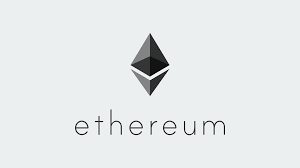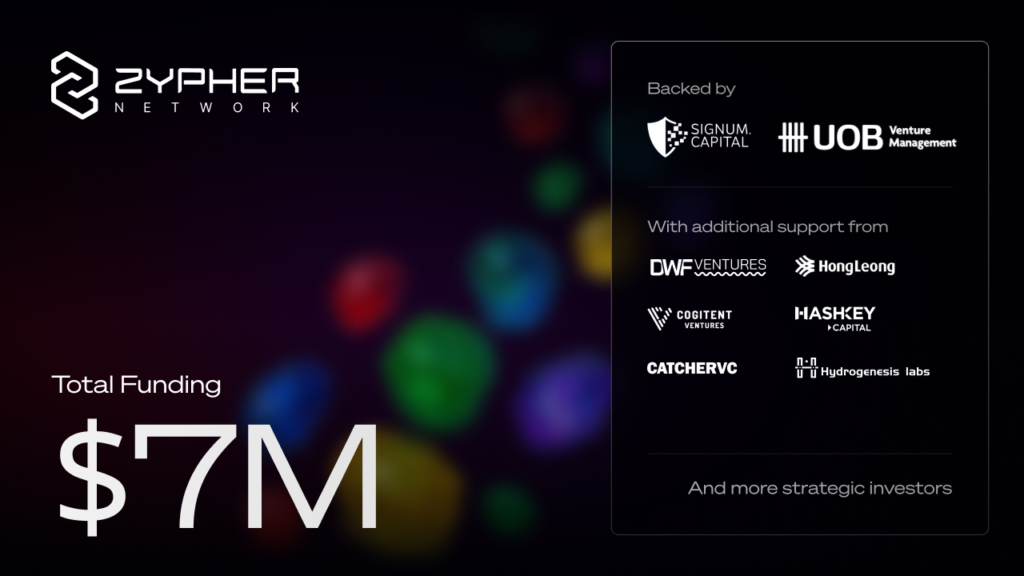Ethereum Foundation researcher Justin Drake and bloXroute Labs CEO Uri Klarman recently appeared on Laura Shin’s podcast to discuss Maximum Extractable Value (MEV) and how it affects Ethereum users.
In Ethereum’s new proof-of-stake (PoS) system, MEV is the result of sophisticated participants prioritizing and reordering transactions within new blocks, with validators using decentralized exchanges (DEX) to increase their earnings.
Unlike Bitcoin mining pool operators, who are typically the only parties that select and order transactions within a block, there are many parties that select and order transactions within an Ethereum block.
Ethereum users broadcast their transactions into Mempools, where they wait in pending status until searchers scan and identify MEV opportunities using these pending orders. Searchers then assemble their most advantageous transactions into a Bundle and send these to Builders who use them to construct a formal Ethereum block that meets validation requirements.
However, MEV comes with its fair share of problems. Justin Drake and Uri Klarman talked about validators exploiting DEXs through ‘front-running,’ where special information is used to place orders ahead of other investors’ trades.
There is also ‘back-running,’ where orders are placed immediately after other investors’ trades, and brokers conduct front-running by buying assets before executing their clients’ trades.
Front-running can be profitable for validators who confirm trade transactions from bots that bid a slightly higher gas price before validating other traders’ transactions.
There is also the sandwich attack, where bots buy an asset immediately before someone else executes a trade and then sell it immediately after the trade is complete.
There are several solutions proposed to address the MEV problem. One is MEV protection by Flashbots, the largest MEV protocol on Ethereum, which allows users to submit transactions directly to validators without making them visible in the mempool.
Ethereum Research has also proposed MEV smoothing, making validators’ MEV earnings more uniform. Finally, a decentralized content layer protocol has been introduced to prevent fee-based front-running.



